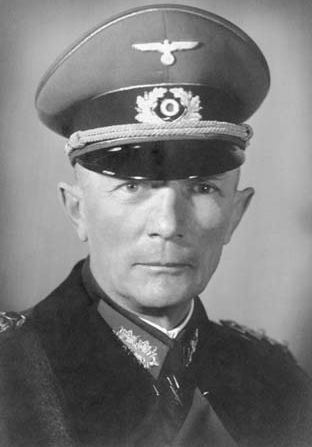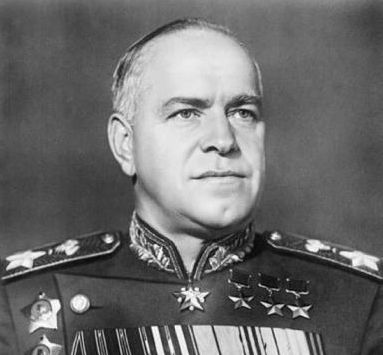
RED OCTOBER: MARCH ON MOSCOW
A classic introductory area-based wargame focused on the Eastern Front during World War II: Operation Typhoon -- the German High Command's campaign to capture Moscow
OPERATION TYPHOON - 1941
Following the great German successes of the opening engagements of Operation Barbarossa, Hitler was convinced that the capture of Moscow would precipitate the collapse of the Soviet Union. Field Marshall Fedor von Bock was given overall command of the attack on Moscow — with a total force of over 1 million men, 1,700 tanks, 19,500 artillery guns and 950 combat aircraft. His orders from the Berlin were clear:

The strategic pillar of Operation Typhoon was the German conduct of a double-pincer movement — against Soviet forces located near Vyazma in the North, while a second force moved to capture Bryansk in the South. Importantly, Bock’s plan failed to adequately accommodate the impact of force losses as a result of previous campaigns and the logistic difficulties associated with a penetration deep into Soviet territory at the beginning of a severe Russian Winter.
Recognizing the likelihood of German advances proceeding east from Smolensk, the Russians started construction of two major defensive lines to protect Moscow: (a) a major defense posture between Vyazma and Bryansk, and (b) a second, double set of fortifications designated as the Mozhaisk defense line. Additionally, Soviet citizens constructed a continuous anti-tank and defensive barrier within and around the Moscow city limits. Marshal Georgy Zhukov was given command of the defense of Moscow by Stalin. Recognizing existing Russian force strength was lacking, additional reinforcements were directed by reassigning manpower from the Far East. Upon the arrival of these reinforcements, Zhukov would have a total of 1,250,000 men, 1,000 tanks, 7,600 artillery guns and 677 aircraft.
Early German Successes/Soviet Counter-Attack. On October 2, 1941, German forces initiated the attack, gaining early success by rapidly converging on Vyazma and encircling Bryansk. Unexpectedly, the Red Army did not surrender, fighting tenaciously and for a short time, impeding further German advances beyond these two cities. Eventually, the Soviets disengaged and were able to retreat and consolidate their forces around the Mozhaisk Defensive Line, with German Panzer units rapidly pushing east as well.

On October 7, the first snow of the season fell and upon melting, turned the dirt roads into muddy quagmires. Subsequent German Advances were severely hampered by logistical issues and restricted German mobility. Seeking to quickly end the campaign, Field Marshall von Bock directed his forces to push through the Mozhaisk defenses and encircle Moscow from both North and South. Slowed by Soviet defenses, the Germans did capture Mozhaisk by the end of October, and reached as far as five miles from Moscow before being stopped by the Soviet Army. Winter weather was now in full force, with temperatures plunging down to -50 degrees and the Germans lacked adequate winter clothing to protect themselves from the elements. The advance was halted.
In early December 1941, upon arrival of Soviet reinforcements from Siberia and the Far East, Zhukov pushed a series of successful counter-attacks against the German forces threatening Moscow. Initially impeded by severe weather, by the end of December, weather improved slightly, enabling the German Luftwaffe to conduct air-to-ground operations which ended the Soviet counter-attacks. At this point, Operation Typhoon came to a halt, the Soviet counterattacks — coupled with bad weather, fuel problems, and damaged roads, and bridges — had pushed the Germans back to over 100 miles from Moscow.
As a consequence of the German strategic retreat, Hitler relieved Field Marshall von Bock of his command. The objective of capturing Moscow had failed, but perhaps more importantly, the campaign had expended invaluable resources on both sides – German losses estimated at between 248,000 to 400,000 and Soviet losses of between 650,000 and 1,280,000.